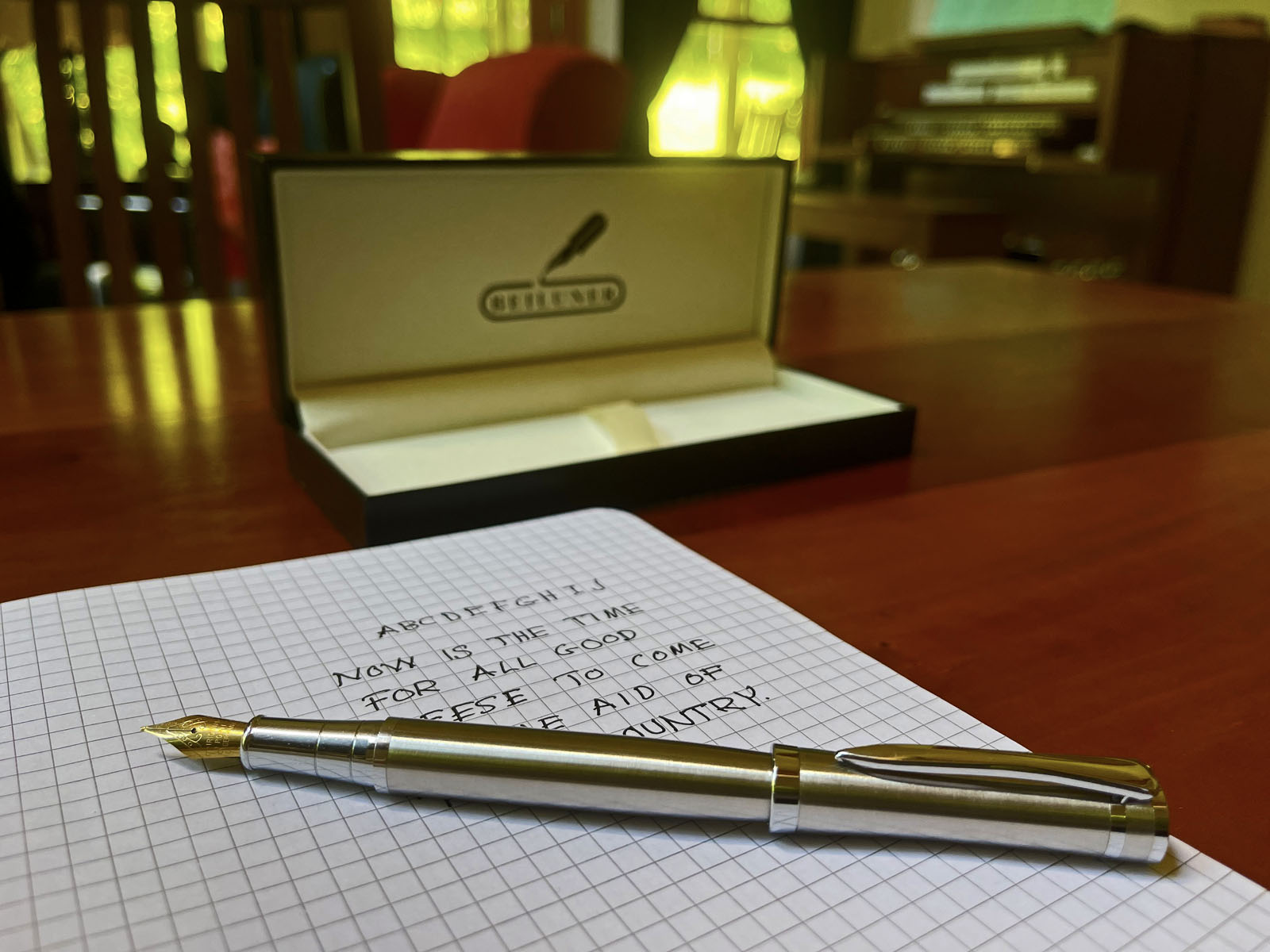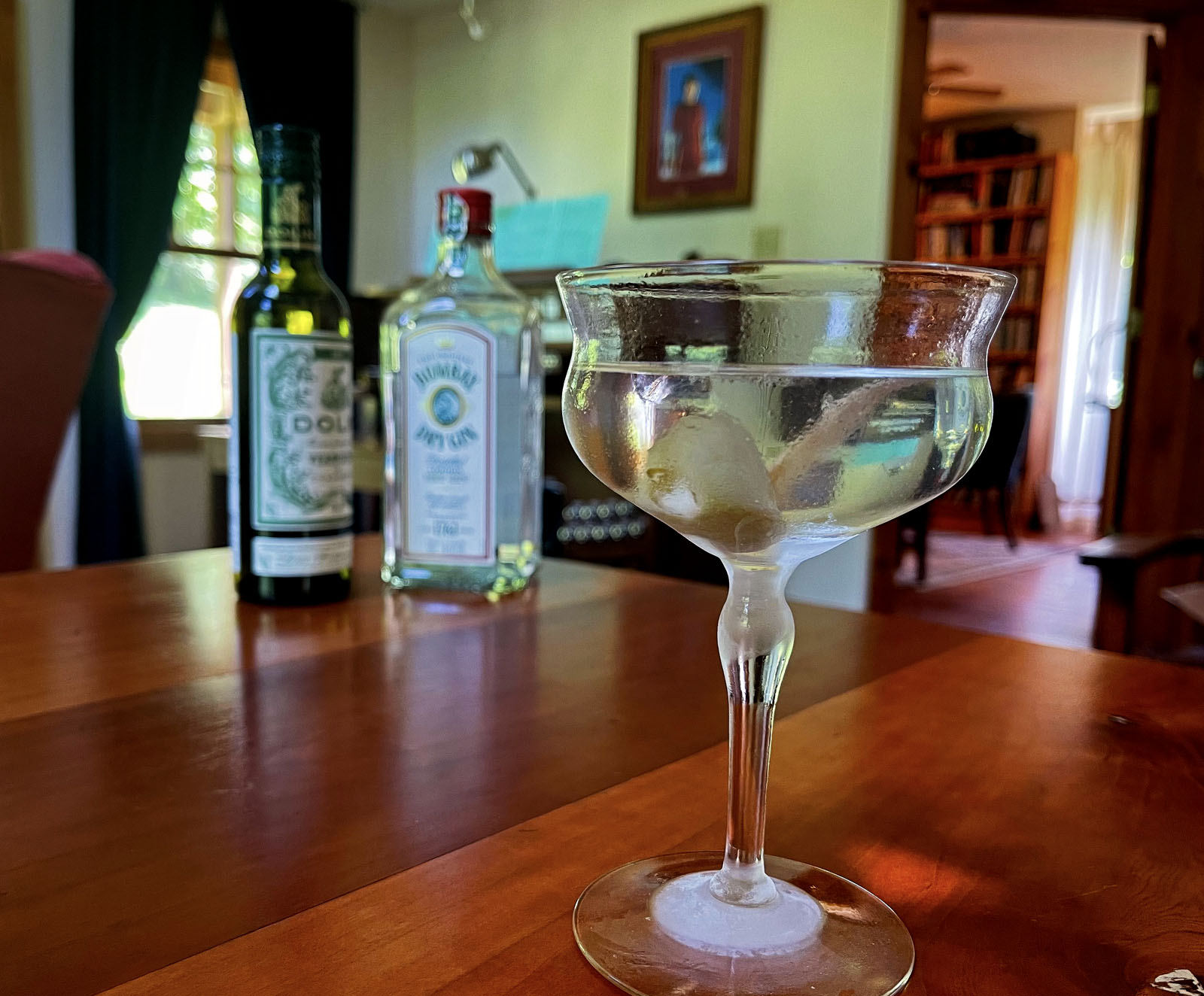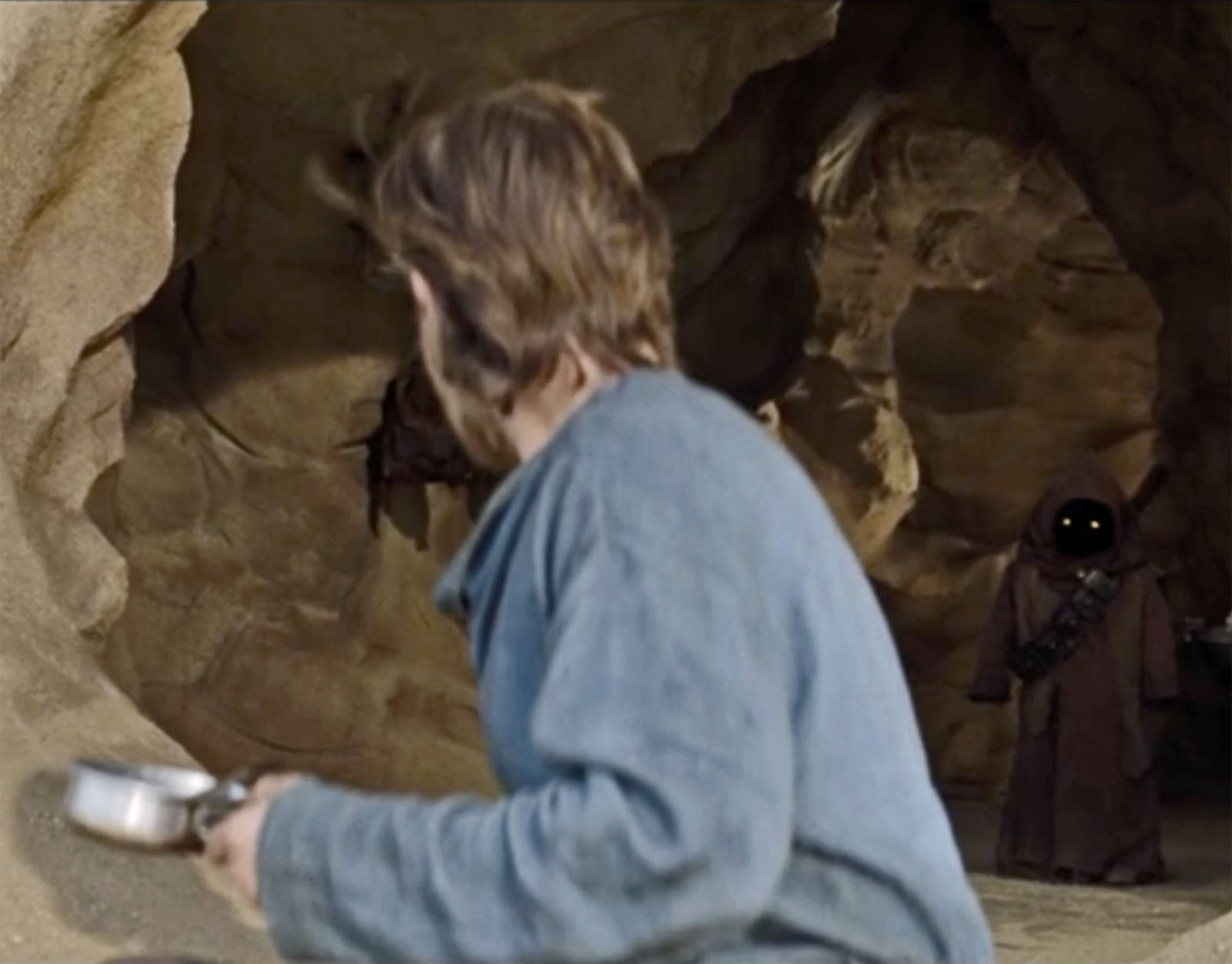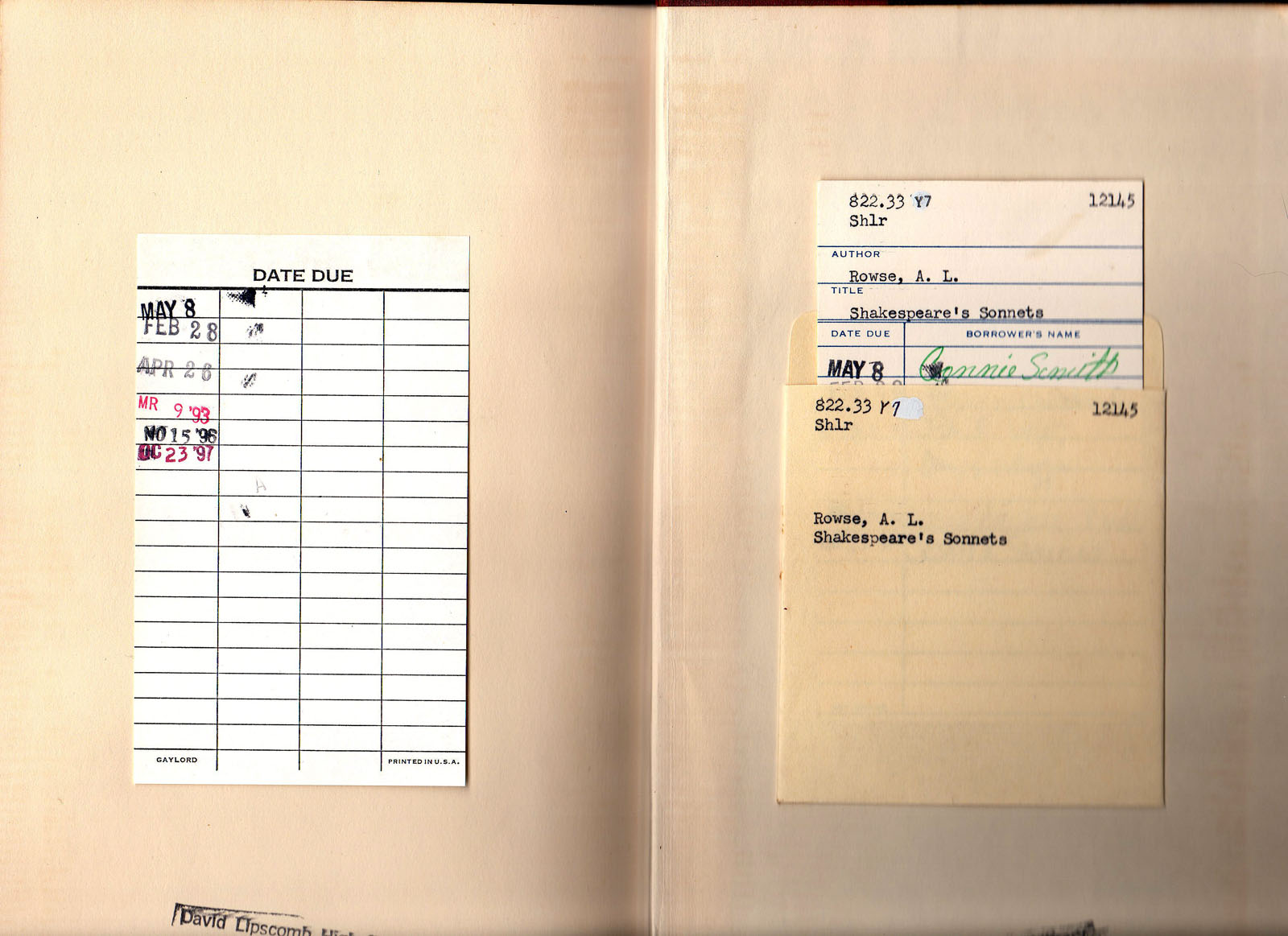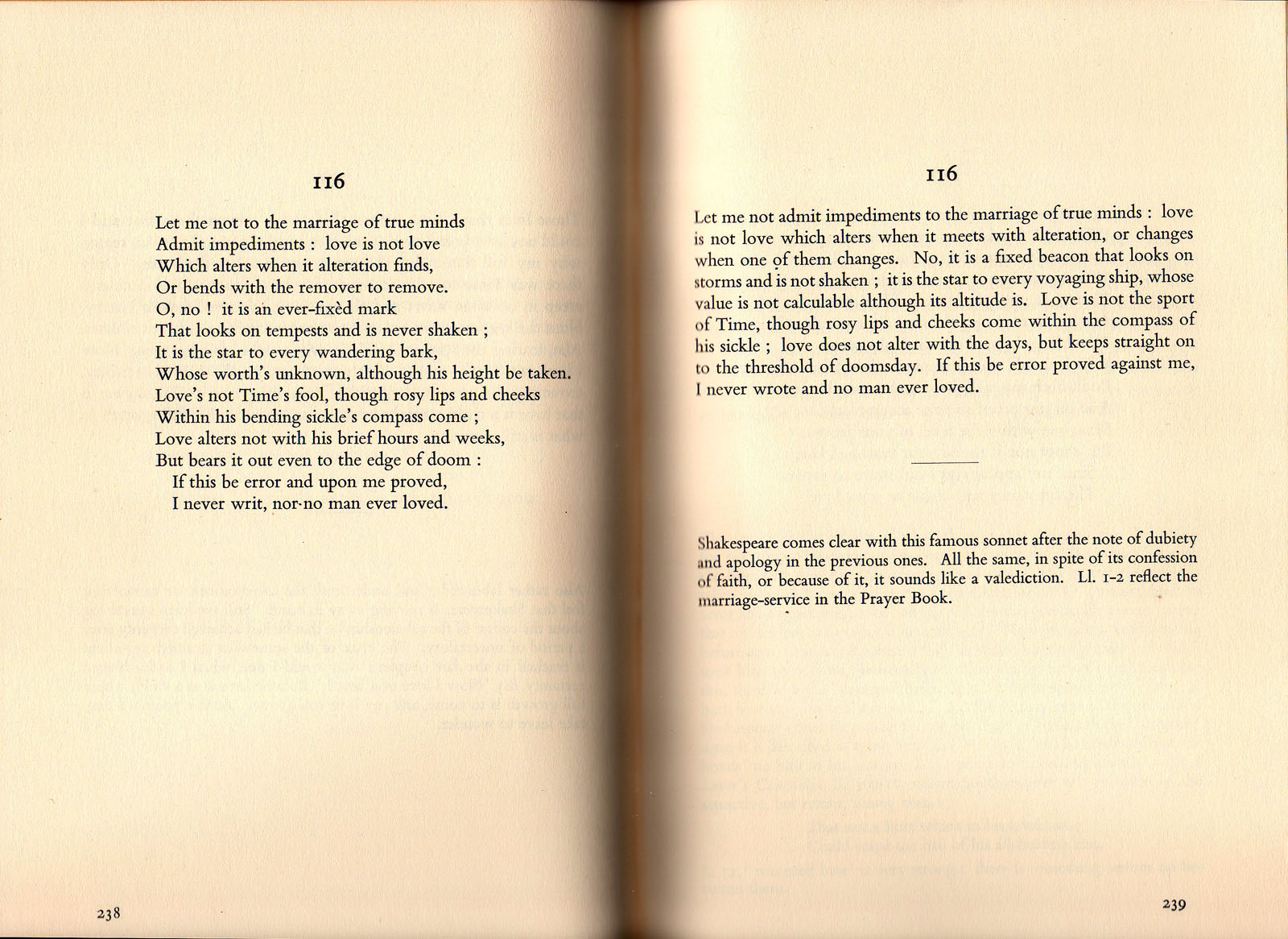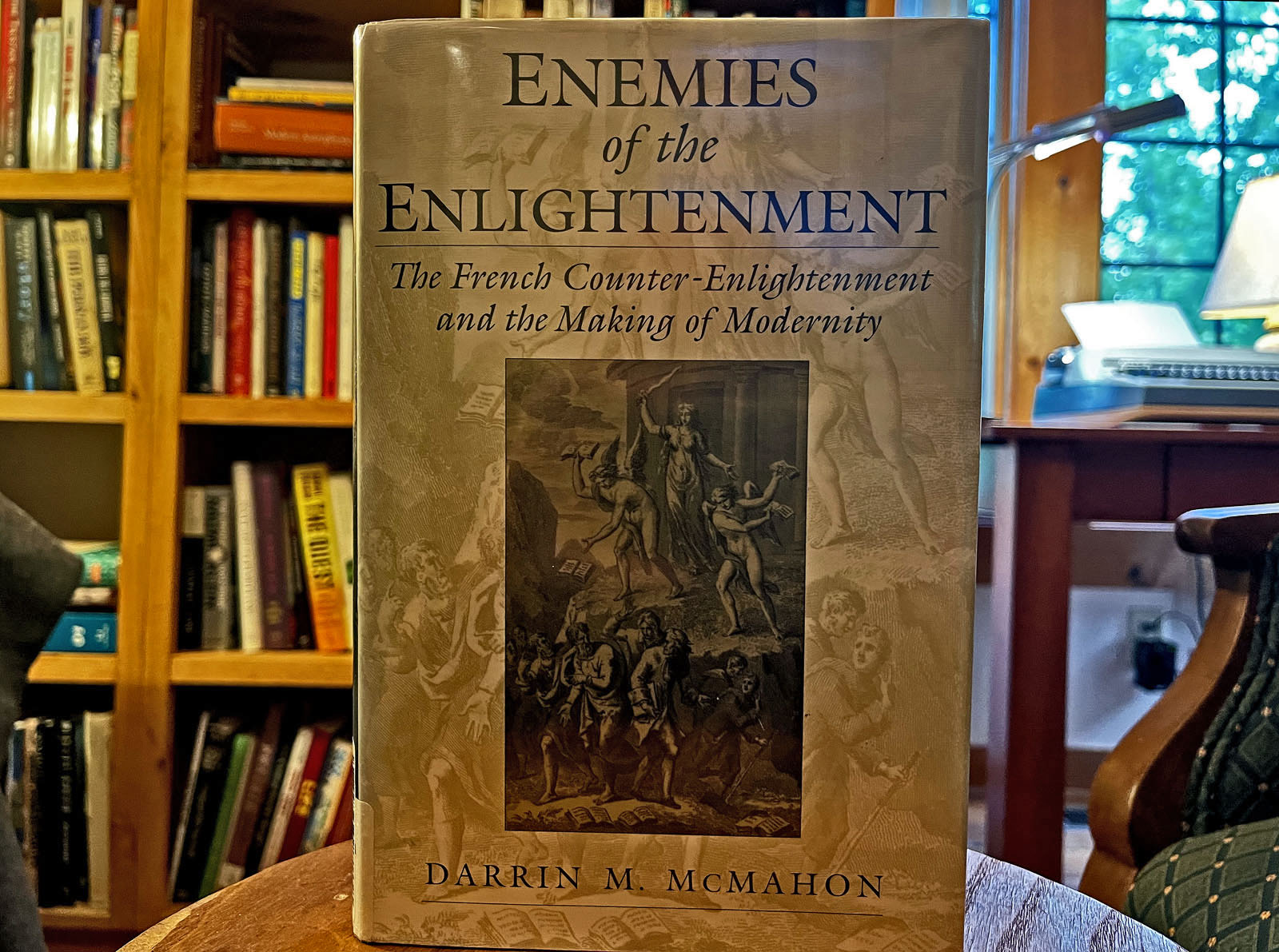
Enemies of the Enlightenment: The French Counter-Enlightenment and the Making of Modernity. Darrin M. McMahon. Oxford University Press, 2001. 262 pages.
Merely reading about the violent history of France is enough to get a case of PTSD. France, already damaged by the Protestant Reformation of the 16th Century, lurched from monarchy to revolution and then back again to monarchy. Though most of us are at least somewhat familiar with that history, what most of is did not know is that it was one long culture war, the very same culture war that we are still fighting today.
This culture war was between the Enlightenment — which then was new — and the mortal enemies of the Enlightenment, people on the right who have been with us since the Enlightenment’s beginnings. On the left was a new humanist philosophy that made no claim to being a divine revelation. Its roots were in reason. It was a European project, but this book limits itself to France, where the chief luminaries of the Enlightenment were men such as Voltaire, Diderot, and Rousseau.
Who were these mortal enemies of the Enlightenment? That can be answered accurately with a few words: the church and the authoritarian elite, but mostly the church. Most of the anti-philosophes, as this book calls them, were abbots and theologians. They saw Enlightenment philosophy as an evil conspiracy out to put an end to royalty and religion. In their minds, royalty and religion were the only forces capable of holding a society together. In France, their anti-Enlightenment evidence for this was the Reign of Terror after the 1789 revolution. These anti-philosophes were organized, and they produced a blizzard of books, tracts, and pamphlets to try to counteract the writings of the Enlightenment philosophes.
This old culture war, which raged white-hot from before the Revolution until the beginning of the Third Republic in 1870, was remarkably similar to the culture war through which we are living today. We could call it MFGA — Make France Great Again:
“…[T]he effort [was] to cleanse France of all trace of the Enlightenment and of the Revolution and to invest its inhabitants with a spiritual piety more intense than the eighteenth century had ever known. On the surface, this was a journey to the mythic past. But in truth the world that the men and women of the far Right aimed to create was not that of the ancien regime, the former regime. The world to which they hoped to return existed only in their minds.”
This book is above all a history of France, and McMahon has little to say about parallels with the present, which are obvious. He has little to say about the rest of Europe. I would venture to say that Britain handled the Enlightenment far better than France for two reasons: Henry VIII had conveniently gotten rid of the Catholic Church centuries before; and England’s royalty was more humane than France’s. McMahon does write, though, in describing how the enemies of the Enlightenment demonized their enemies: “Bequeathing an image of its enemy that long outlived it, the French Counter-Enlightenment, too, passed on a structure of opposition and a set of recurrent themes that would resurface in right-wing thought even to the present day.”
In America, the Enlightenment provided the basis for a new government and a new Constitution. But there were those in high places who hated the Enlightenment. McMahon mentions the Reverend Timothy Dwight, president of Yale from 1795 to 1817, who preached a sermon “in which he denounced the orchestrated plot, hatched by Voltaire, Frederick II, the Encyclopedists, and the Society of the Illuminati to destroy the Christian religion and the French monarchy.” That’s a conspiracy theory — from the president of Yale! According to Wikipedia, “Dwight was the leader of the evangelical New Divinity faction of Congregationalism — a group closely identified with Connecticut’s emerging commercial elite.”
Is there a traceable paper trail from then to now? I would say no. Rather, it’s that authoritarians and religionists never change. Their thought was just as ossified in the 18th Century as it is today. McMahon does mention, in his notes, a book from 1991 that I will read next: The Rhetoric of Reaction: Perversity, Futility, Jeopardy, which deals with how conservative forces have tried to prevent progress. McMahon also mentions the philosopher Alfred North Whitehead (1861-1947), whom I first encountered during my student days and who is now back on my reading list.
McMahon quotes Whitehead: “The major advances in civilization are processes which all but wreck the societies in which they occur.” Why that is so is easy enough to see. Those who abhor the ideas of reason, equality, and democracy will fight like hell against progress. They are baffled by how anyone could possibly want a world ruled by anyone other than preachers and kings.
